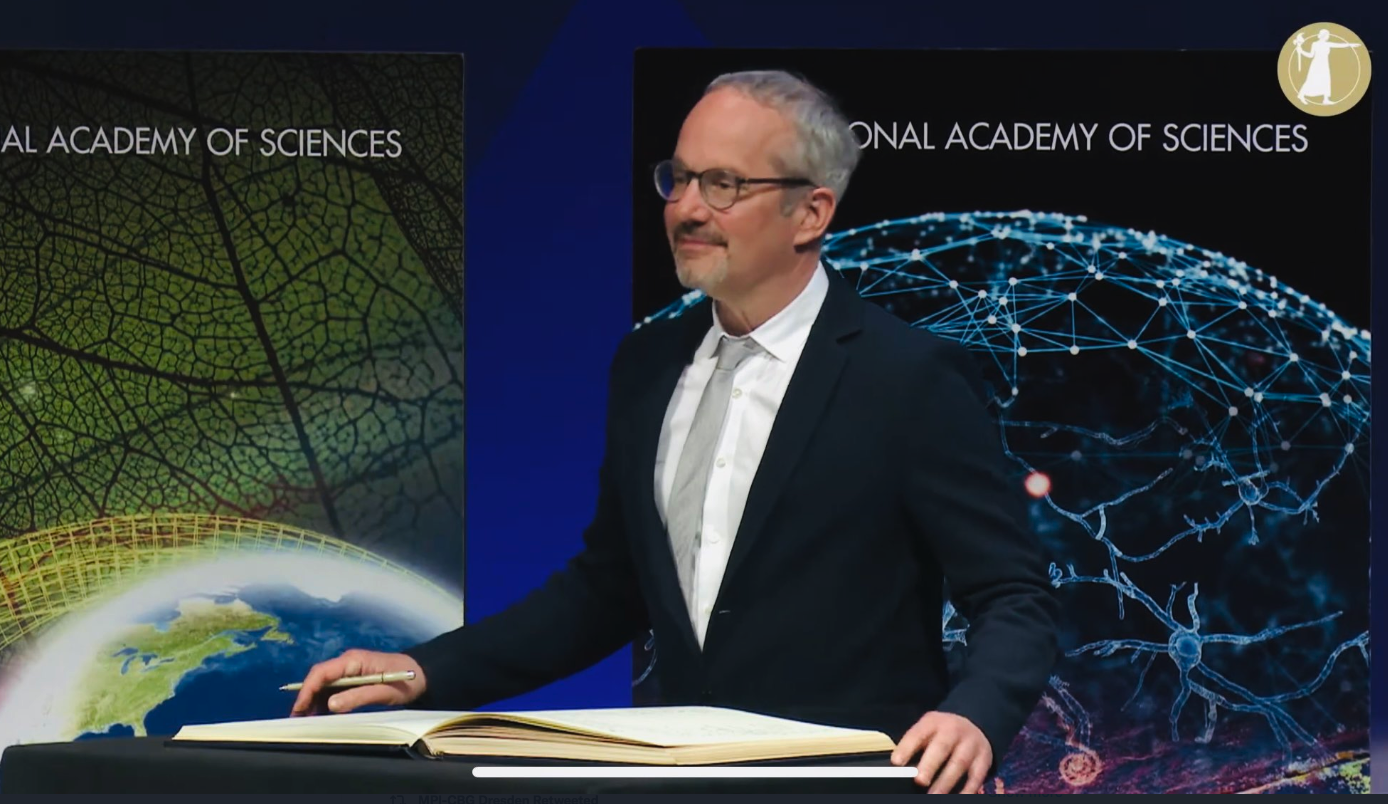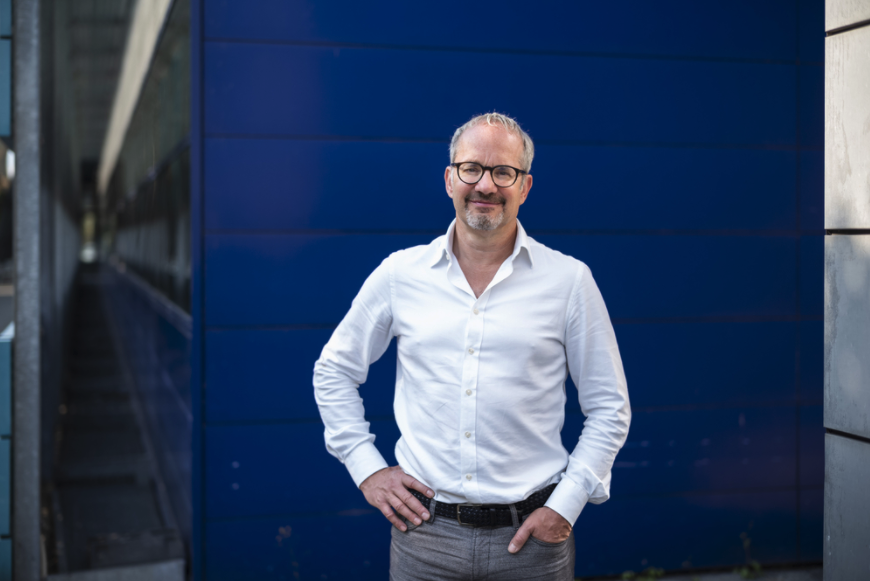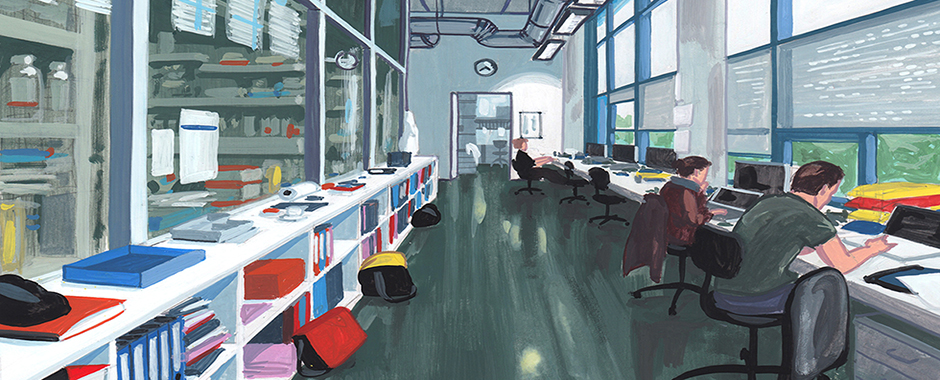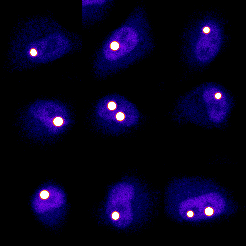For the collection celebrating the 65th anniversary of the Journal of Cell biology, our paper Functional Analysis of Kinetochore Assembly in Caenorhabditis elegans was selected for its contribution to “dissecting the mechanics of cell division”. The paper from 2001 by Karen and Arshad, postdocs in our lab at the time has great company there. Click here for the link
Hyman LabFollow
Science and fun from the lab of Tony Hyman at the MPI-CBG. Tweets by Hymanlab members
 Load More...
Load More...Selected Essays
Selected Videos





















